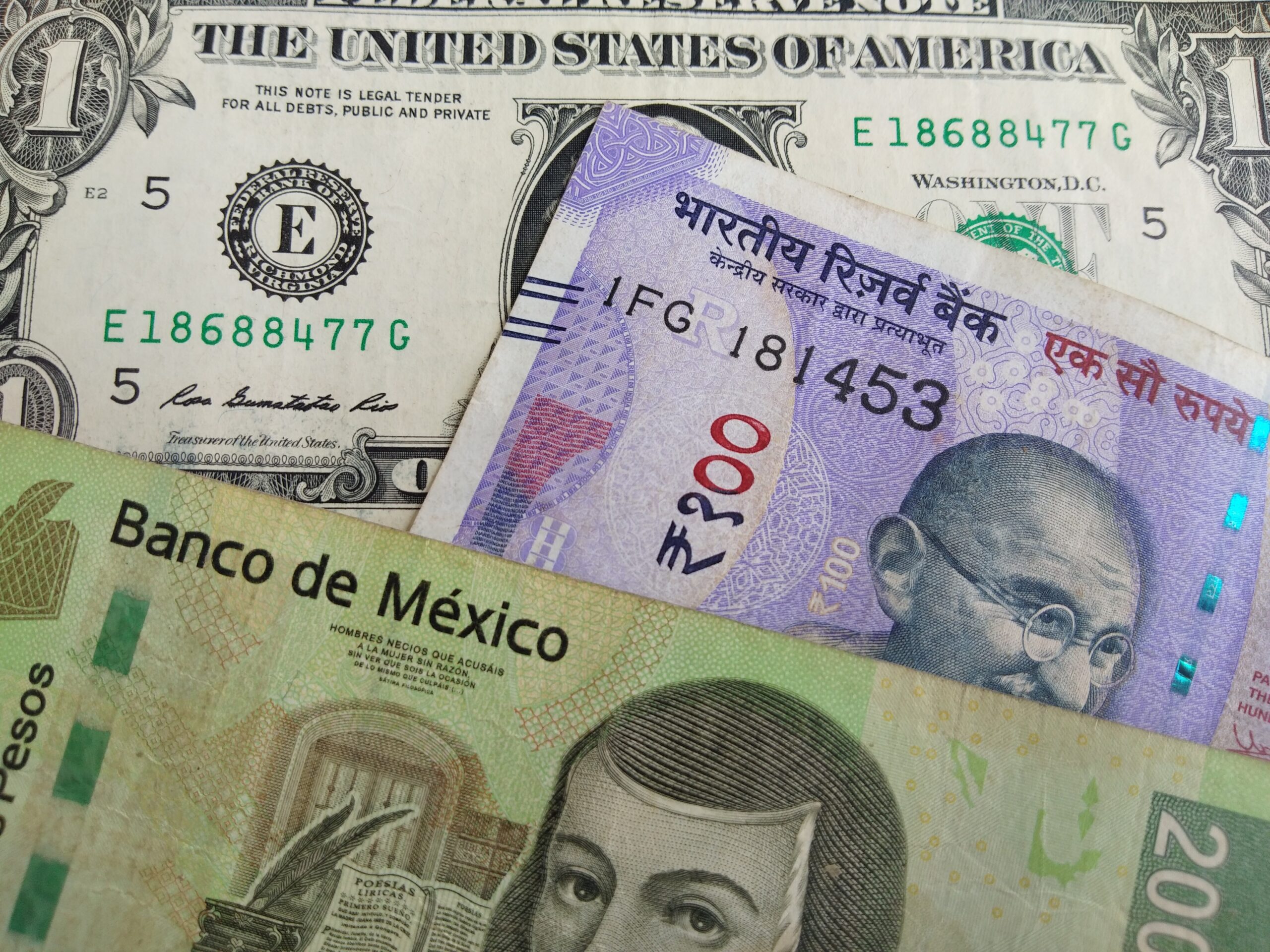As banks raise money through AT-1 bonds, it comes as a risk versus reward option for HNIs
By Kumud Das
If you are an overseas investor looking for new avenues for your money, Additional Tier (AT)-1 bonds are certainly an attractive option.
At a time when banks abroad are offering 1.5-2 percent of interest on fixed deposits, these perpetual bonds offer a yield of up to 5 percent.
AT-1 bonds carry no maturity date, and they have a call option. This means that the issuer can call or redeem the bonds if it is getting money at a cheaper rate, especially when interest rates are falling. Some of the country’s biggest banks are considering going overseas for raising money, as the domestic markets have dried up. Indian banks are planning to raise $2 billion through AT-1 bonds abroad.
HDFC Bank was the latest to go for raising money through AT-1 bonds in overseas markets to the tune of $1 billion. It was the biggest such sale by an Indian lender, to strengthen its balance sheet amid a rebound in credit growth after the pandemic’s second wave ebbed. The bonds elicited a robust reception from investors across markets, and the overall demand was $4.5 billion. The final pricing of the bond is 3.7 percent, as against the initial price guideline of 4.1 percent, sources said. If experts are to be believed, banks like State Bank of India (SBI), Axis Bank and ICICI Bank are likely to jump on the bandwagon in the near future.
Smaller banks like Bank of Maharashtra (BoM) are currently waiting and watching their bigger brothers on this front. Dinkar Shankhpal, treasury head, BoM, says, “We are waiting and watching what kind of responses banks like SBI and others get through such kind of fund raising and accordingly the top management of the bank can take a call later.” A senior official of Union Bank of India said, on condition of anonymity, “Yes, we are planning to raise money through AT-1 bonds overseas. We are waiting for the right time.” The Board of Union Bank at its meeting on June 30 has given the go-ahead for raising capital by an amount not exceeding Rs 9,700 crore, which includes AT-1 bonds of around Rs 6,200 crore.
“These banks, aspiring to raise AT-1 bonds or quasi-equity securities, are trying to woo overseas investors. The country’s largest lender, State Bank of India, might go for it,” said Ajay Manglunia, managing director, debt capital market, at JM Financial.
SBI has already tested the waters by raising $100 million through AT-1 bonds last year on an experimental basis. Sources say SBI is currently discussing the size and timing of its proposed AT-1 bonds internally. However, it is yet to approach any merchant banker for this.

After the Securities and Exchange Board of India (SEBI) came out with its regulation on valuation of AT-1 or perpetual bonds in March, the market has been dull in terms of appetite for perpetual bonds among institutional investors. Traders who earlier used to buy these perpetuals like fund houses and insurers have kept away.
As the Reserve Bank of India (RBI) has restricted banks from declaring dividend, insurers cannot buy these bonds being issued by the banks as they have a requirement for dividend payment. Fund houses don’t want to buy perpetuals because of the SEBI pricing formula that the bond needs to be valued in the portfolio as a 10-year paper this year, 20-year paper next year and 30-year paper after that. The SEBI circular in March had guided fund houses that they cannot value perpetual bonds based on the call option which they have. The call option is normally in the fifth year. Now, if a fund house is pricing perpetual bonds for 30 years, then it will incur mark-to-market losses. Hence, they have stopped buying perpetual bonds and are instead selling them.
When it comes to the insurers, they can definitely buy a 30-year paper but it will lead to a lot of mark-to-market losses for them. The reason is that the pricing of a 30-year paper will carry a comparatively higher yield.
Other potential investors include individuals, High Networth Individuals (HNIs) or corporates. Here the problem is that SEBI does not allow corporates to buy perpetuals in the primary market. Rather, it is only the Qualified Institutional Buyer (QIB) who can bid for perpetual bonds. So, in such a scenario, only banks can buy the perpetuals. Now, if banks buy the perpetuals, they have got capital adequacy ratio-related requirements. Thus, the perpetual is knocked out of capital.
According to Gurunath Mudlapur, MD, Athestone Capital Market, “These bonds are a safe bet for HNI investors for the simple reason that even though they are unsecured bonds sans maturity, the banks who are doing this are there in the market for a longer period of time and they are not going to be bankrupt, in any case. Secondly, when you look at these bonds from the perspective of risk versus reward, then too they are more attractive.”
It is yet to be seen if the overseas investors will be interested in the forthcoming dollar bonds. The positive point is that these bonds will be offering yields closer to 5 percent. If you look at the five-year normal paper, they offer a yield of 1-1.5 percent, whereas in the overseas markets the interest rate is close to zero level. So, these overseas investors should be interested in putting in money as they will get an attractive yield from these bonds.
(The author is a senior journalist.)








